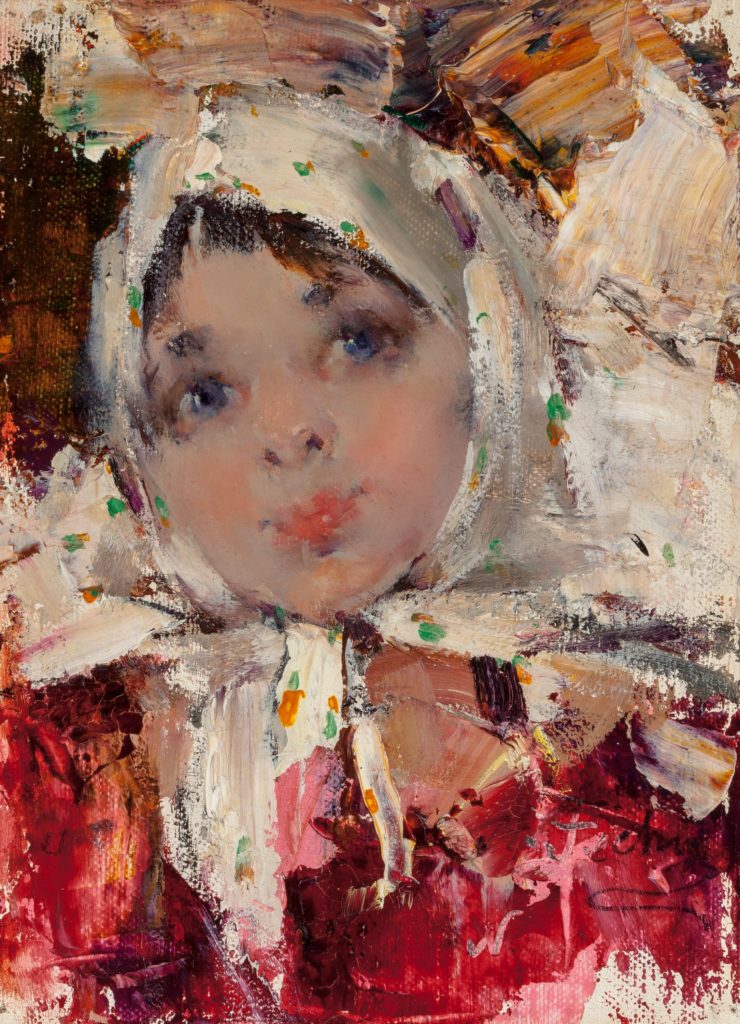
By Jim O’Neal
While the siege of Leningrad was under way, a ferocious battle was beginning over Stalingrad, a sprawling provincial city of half a million, outlining the banks of the Volga River.
If there was one battle that defined the struggle between fascism and Bolshevism – the essential confrontation that Adolf Hitler had long dreamed of winning – it was this one. From a strategic standpoint, it would allow Germany to cut off the supply route to the Russian Army up north and open the way for the Wehrmacht to control the oil fields surrounding the Caucasus Mountains.
But Hitler wanted Stalingrad for a personal reason, too. Joseph Stalin had named this city in 1925 to honor the battle he had led there during the Russian Civil War. Its capture would be a symbolic victory and erode Russia’s willpower. However, Stalingrad would prove important to both sides and together they would expend the lives of 1 million people in just five months.
The drama began with the Germans attacking the city’s northern edge and discovering Russian civilians, many of them women in dresses, firing the guns. It was a harbinger of the legendary Russian resistance. That night, an enormous roar deafened Stalingrad, the sound of 600 German planes descending at once. They dropped bombs carrying incendiary devices and when they ignited, the city was so bright from flames that soldiers 40 miles away claimed they could read a newspaper. In all, 40,000 civilians died that night and the worst was yet to come.
Since the city was home to several prized armament plants, tanks rolled off the assembly line directly into battle. Yet it was hand-to-hand combat that came to dominate the fighting – building by building, block by block, rooftop to rooftop – until giant piles of rubble remained. Snipers worked from every garret, booby traps appeared at every turn, and hand grenades came flying from every angle. The insanity of the fighting was obvious even to impotent commanders, but the two leaders in Moscow and occupied Ukraine insisted their armies fight on.
Ignoring the pleas of his advisors, Hitler failed to protect his flanks and fresh Russian troops encircled the city, trapping the entire German army inside. Now they were the ones under siege, starving and freezing while they waited for the promised reinforcements that never came.
By January 1943, the battle was over and 80,000 German troops were marched off to Soviet camps, where all but a handful would eventually die. Things would only go downhill from here as the German people lost faith and the Allies started their offense directly against the Fatherland.
 Intelligent Collector blogger JIM O’NEAL is an avid collector and history buff. He is President and CEO of Frito-Lay International [retired] and earlier served as Chairman and CEO of PepsiCo Restaurants International [KFC Pizza Hut and Taco Bell].
Intelligent Collector blogger JIM O’NEAL is an avid collector and history buff. He is President and CEO of Frito-Lay International [retired] and earlier served as Chairman and CEO of PepsiCo Restaurants International [KFC Pizza Hut and Taco Bell].

